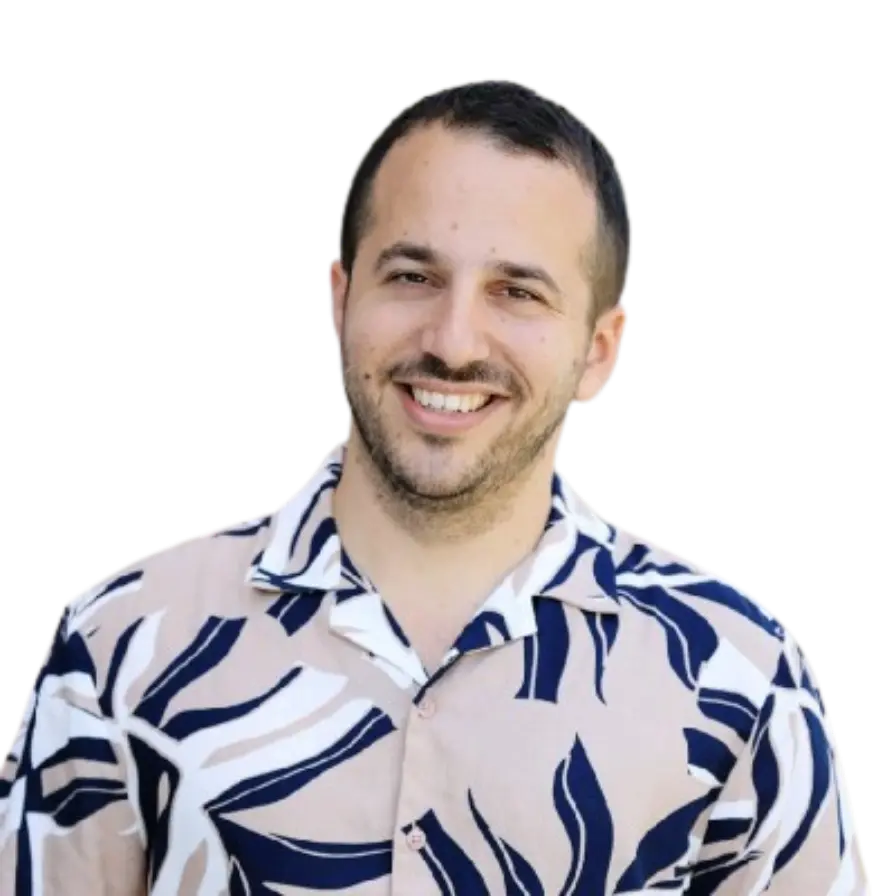How to Meet the Security Challenges of Hybrid Data Environments
It’s an age-old question at this point: should we operate in the cloud or on premises? But for many of today’s businesses, it’s not an either-or question, as the answer is both.
Although cloud has been the ‘latest and greatest’ for the past decade, very few organizations rely on it completely, and that’s probably not going to change anytime soon. According to a survey conducted by Foundry in 2023, 70% of organizations have brought some cloud apps or services back to on premises after migration due to security concerns, budget/cost control, and performance/reliability issues.
But at the same time, the cloud is still growing in importance within organizations. Gartner projects that public cloud spending will increase by 20.4% in just the next year. With all of this in mind, it’s safe to say that most businesses are leveraging a hybrid approach and will continue to do so for a long time.
But where does this leave today’s data security professionals, who must simultaneously secure cloud and on prem operations? The key to building a robust data security approach and future-proofing your hybrid organization is to adopt cloud-native data security that serves both areas equally well and, importantly, can match the expected cloud growth demands of the future.
On Prem Data Security Considerations
Because on premises data stores are here to stay for most organizations, teams must consider how they will respond to the unique challenges of on prem data security. Let’s dive into two areas that are unique to on premises data stores and require specific security considerations:
Network-Attached Storage (NAS) and File Servers
File shares, such as SMB (CIFS), NFS and FTP, play an integral role in making on prem data accessible. However, the specific structure and data formats used within file servers can pose challenges for data security professionals, including:
- Identifying where sensitive data is stored and preventing its sprawl to unknown locations.
- Nested or inherited permissions structures that could lead to overly permissive access.
- Ensuring security and compliance across massive amounts of data that change continuously.
On Prem Databases With Structured and Unstructured Data
The variety in on prem databases also brings security challenges. Different databases such as MSSQL, Oracle, PostgreSQL, MongoDB, and MySQL and others use different data structures. Security professionals often struggle to compile structured, unstructured, and semi-structured data from these different sources to monitor their data security posture continuously. ETL operations do the heavy lifting, but this can lead to further obfuscation of the underlying (and often sensitive!) data. Plus, access control is managed separately within each of these databases, making it hard to institute least privilege.
Businesses need to use data security solutions that can scan all of these distinct store and data types, centralize security administration for these disparate storage areas, and respond to security issues commonly appearing in hybrid environments, such as misconfigurations, weak security, data proliferation and compliance violations. Legacy premise or cloud-only solutions won’t cut it in these situations, as they aren’t adapted to work with these specific considerations.
Cloud Data Security Considerations
In addition to all these on prem data and storage variations, most organizations also leverage multiple cloud environments. This reality makes managing a holistic view of data security even more complex. A single organization might use several different cloud service providers (AWS, Azure, Google Cloud Platform, etc.), along with a variety of data lakes and data warehouses (e.g., Snowflake). Each of these platforms has a unique architecture and must be managed separately, making it challenging to centralize data security efforts.
Here are a few aspects of cloud environments that data security professionals must consider:
Massive Data Attack Surface
Because it’s so easy to move, change, or modify data in the cloud, data proliferates at an unprecedented speed. This leads to a huge attack surface of unregulated and unmonitored data. Security professionals face a new challenge in the cloud: securing data regardless of where it resides. But this can prove to be difficult when security teams might not even know that a copied or modified version of sensitive data exists in the first place. This organizational data that exists outside the centralized and secured data management framework, known as shadow data, poses a considerable threat to organizations, as they can’t protect what they don’t know.
Business Agility
In addition, security teams must figure out how to secure cloud data without slowing down other teams’ innovation and agility in the cloud. In many cases, teams must copy cloud data to complete their daily tasks. For example, a developer might need to stage a copy of production data for test purposes, or a business intelligence analyst might need to mine a copy of production data for new revenue opportunities. They must learn how to enforce critical policies without gatekeeping sensitive data that teams need to access for the business to succeed.
Variety in Data Store Types
Cloud infrastructure often includes a variety of data store types as well. This includes cloud computing infrastructure such as IaaS, PaaS, DBaaS, application development components such as repositories and live applications, and, in many cases, several different public cloud providers. Each of these data stores exists in a silo, making it challenging for data security professionals to gain a centralized view of the entire organization’s data security posture.
Unifying Cloud and On Prem Hybrid Environments With Cloud-Native Data Security
Because of its massive scale, dynamic nature, and service-oriented architecture, cloud infrastructure is more complex to secure than on prem. Generally speaking, anyone with a username and password for a cloud instance can access most of the data inside it by default. In other words, you can’t just secure its boundaries as you would with on premises data. And because new cloud instances are so easy to spin up, there are no assurances that a new cloud asset, that may contain data copies, will have the same protections as the original.
Because of this complexity, legacy tools originally created for on prem environments, such as traditional data loss prevention (DLP), just won’t cut it in cloud environments. Yet cloud-only security offerings, such as those from the cloud service providers themselves, exclude the unique aspects of on premises environments or may be myopic in what they support. Instead, organizations must consider solutions that address both on prem and multi-cloud environments simultaneously. The answer lies in cloud-native data security that supports both.
Because it’s built for the complexity of the cloud but includes support for on prem infrastructure, a cloud-native data security platform can follow your data across your entire hybrid environment and compile complex security posture information into a single location. Sentra approaches this concept in a unique way, enabling teams to see data similarity and movement between on prem and cloud stores. By understanding data movement, organizations can minimize the risks associated with data sprawl, while simultaneously securely enabling the business.
.webp)
With a unified platform, teams can see a complete picture of their data security posture without needing to jump back and forth between the contexts and differing interfaces of on premises and cloud tools. A centralized platform also enables teams to consistently define and enforce policies for all types of data across all types of environments. In addition, it makes it easier to generate audit-ready reports and feed data into remediation tools from a single integration point.
Sentra’s Cloud-Native Approach to Hybrid Environments
Sentra offers a cloud-native data security posture management (DSPM) solution for monitoring various data types across all environments — from premises to SaaS to public cloud.
This is a major development, as our solution uniquely enables security teams to…
- Automatically discover all data without agents or connectors, including data within multiple cloud environments, NFS / SMB File Servers, and both SQL/NoSQL on premises databases.
- Compile information inside a single data catalog that lists sensitive data and its security and compliance posture.
- Receive alerts for misconfigurations, weak encryptions, compliance violations, and much more.
- Identify duplicated data between environments, including on prem, cloud, and SaaS, enabling organizations to clean up unused data, control sprawl and reduce risks.
- Track access to sensitive data stores from a single interface and ensure least privilege access.
Plus, when you use Sentra, your data never leaves your environment - it remains in place, secure and without disruption. We leverage native cloud serverless processing functions (ex. AWS Lambda) to scan your cloud data. For on premises, we scan all data within your secure networks and only send metadata to the Sentra cloud platform for further reporting and analysis.
Sentra also won’t interrupt your production flow of data, as it works asynchronously in both cloud and on premises environments (it scans on prem by creating temporary copies to scan in the customer cloud environment).
Dive deeper into how Sentra’s data security posture management (DSPM) helps hybrid organizations secure data everywhere.
To learn more about DSPM, schedule a demo with one of our experts.











.webp)
.webp)


